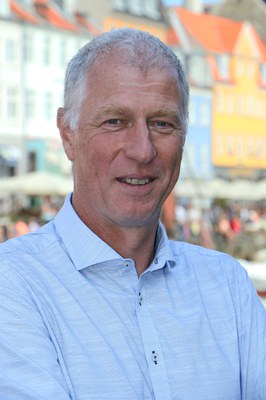All official European Union website addresses are in the europa.eu domain.
See all EU institutions and bodiesEEA Signals 2022 takes a broad look at energy and sustainability in a Europe that recovering from the COVID-19 pandemic, faced with a war in Ukraine and committed to ambitious goals on protecting the climate, nature and people’s health.
Russia’s invasion of Ukraine has not changed the reality of the climate crisis or degradation of nature, but it has added another dimension to Europe’s efforts to make our energy system more sustainable.
Building a sustainable energy system for Europe requires time, and the decisions that we take now will define our options for decades to come. This is especially true for expensive energy infrastructure. Given the current circumstances, Europe needs to react quickly but also in the right direction to avoid lock-ins on solutions that are not compatible with what we want to hand over to future generations.

The climate and biodiversity crises are also linked in numerous ways. Perhaps most importantly, both are ultimately caused by unsustainable systems of production and consumption, including how much and how we extract and use energy.
Hans Bruyninckx
EEA Executive Director
What are some of the ways everyone can save energy?

EEA’s information systems on climate and energy
- Climate and energy in the EU: Provides direct access to data and analysis on key areas for achieving climate neutrality, based mainly on official information
submitted by European countries to the European Environment Agency. - ClimateADAPT: Aims to support Europe in adapting to climate change helping users to access and share data and information.
The EEA Signals report is an annual, easy-to-read publication, consisting of a series of short articles, that looks at key issues related to the environment and climate. Recent EEA Signals reports have looked at nature (2021), zero pollution (2020), soil (2019) and water (2018).
Help us improve EEA Signals: 3-minute feedback survey
EEA Web report no. 04/2022
Title: EEA Signals 2022: Staying on course for a sustainable Europe
HTML - TH-AP-22-001-EN-Q - ISBN 978-92-9480-513-3 - ISSN 2443-7662 - doi: 10.2800/721928



